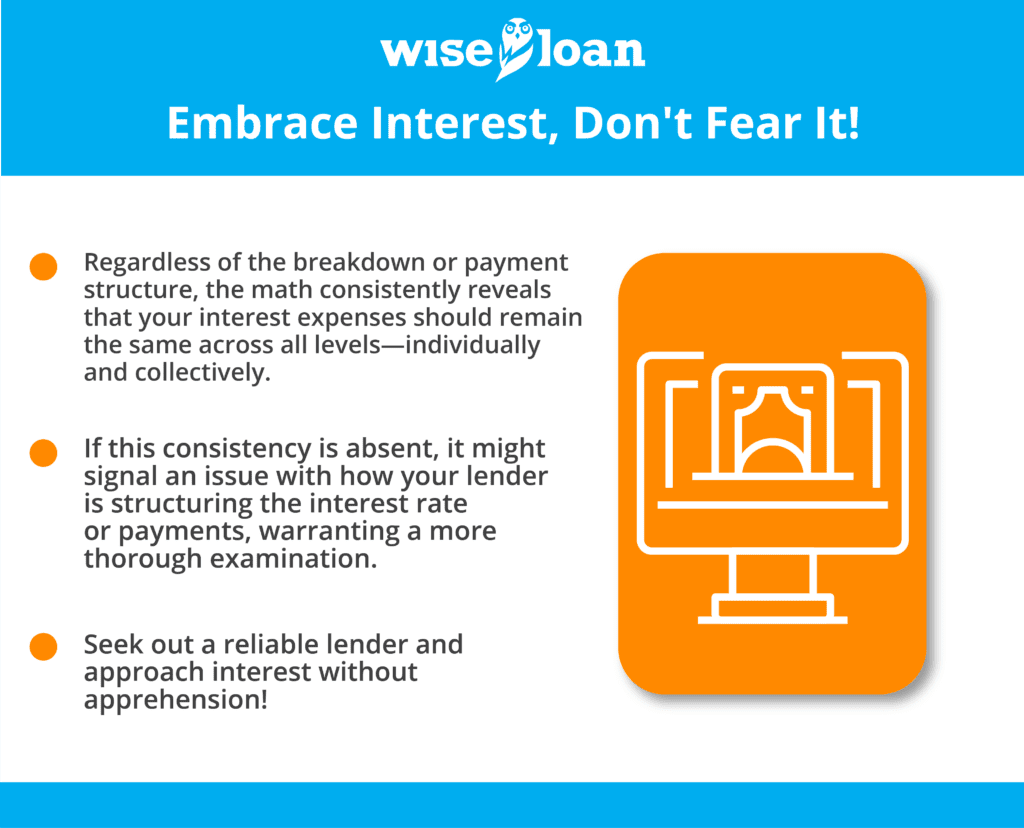Enhanced Credit History, Enhanced Interest Rates
When it comes to addressing short-term financial needs, personal loans offer a convenient option for obtaining small-dollar funds. Whether it’s managing medical expenses or unexpected car repairs, the quick and hassle-free accessibility of cash loans is crucial. However, understanding what constitutes a reasonable interest rate for an unsecured personal loan can be challenging for many. To shed light on optimal interest rates, let’s delve into a fundamental example of personal loan interest.
Interest rates for most personal loans typically fall within the range of 12% to 24%. These rates can be adjusted by lenders based on the borrower’s credit history and other qualifications, tailoring the interest rate to the specific circumstances. In general, a stronger credit history corresponds to a lower interest rate for the loan. Conversely, a credit history marred by late payments, prior defaults, and collections often leads to a higher interest rate. This compensates for the lender’s elevated risk in extending credit to individuals with poor credit.
Illustrating with Hypothetical Figures
Imagine you require a $1,200 loan and intend to repay it in full over a span of three months.
To navigate the intricate details within lender agreements while seeking the right loan, let’s establish some common loan terminologies:
– The sum you need, $1,200, is referred to as the principal, representing the amount you wish to borrow.
– Your intended repayment duration of three months is known as the loan term.
Interest is the additional amount charged by the lender to facilitate the loan; essentially, it’s their profit. This interest is calculated as a percentage of your principal. While various interest calculation methods exist, including simple and compound interest, most retail loans generally employ compounding interest.
Crunching the Numbers
Assuming you’ve located a lender providing a $1,200 loan at an 18% interest rate, compounded monthly, for a three-month term:
By the end of the first month, your owed amount will be $472. This comprises $400 (one-third of the principal) and 18% interest on this $400.
After the initial payment, your remaining principal reduces to $800. The second payment, due at the close of the second month, also amounts to $472. This consists of $400 from the principal and an additional 18% interest.
The conclusion of the third month necessitates a final payment of $472. This encompasses the remaining $400 of the principal loan and the last interest charge attributed to the 18% interest rate.
In total, on the $1,200 loan, your interest payments sum up to $216. Confirm the calculations: 18% of $1,200 equals…
$216.
Additionally, $72 multiplied by three is also $216.
Alternatively, $472 multiplied by three equals $1,416, which is equivalent to $1,200 plus $216.
Embrace Interest, Don’t Fear It!

In essence, regardless of the breakdown or payment structure, the math consistently reveals that your interest expenses should remain the same across all levels—individually and collectively. If this consistency is absent, it might signal an issue with how your lender is structuring the interest rate or payments, warranting a more thorough examination. Thus, seek out a reliable lender and approach interest without apprehension!
The recommendations contained in this article are designed for informational purposes only. Essential Lending DBA Wise Loan does not guarantee the accuracy of the information provided in this article; is not responsible for any errors, omissions, or misrepresentations; and is not responsible for the consequences of any decisions or actions taken as a result of the information provided above.
More information on Installment Loans and how they work in your state:











